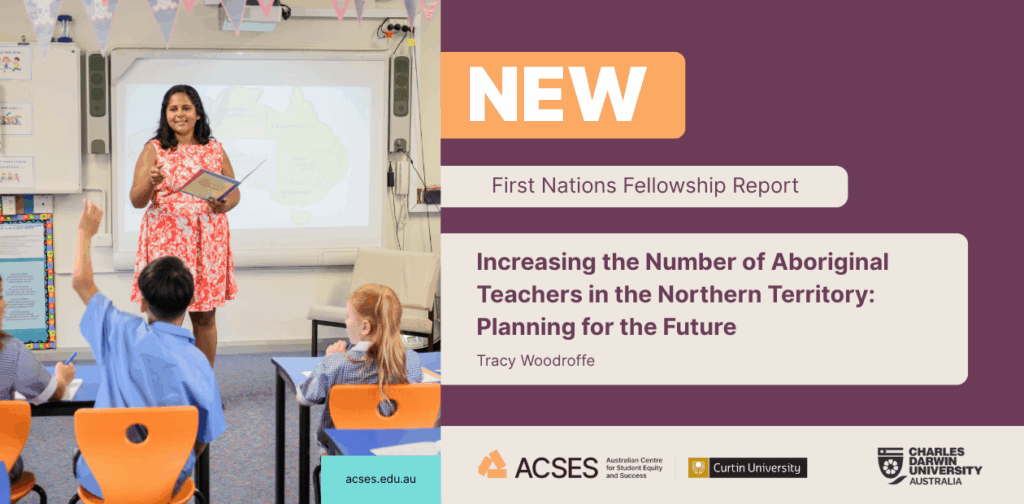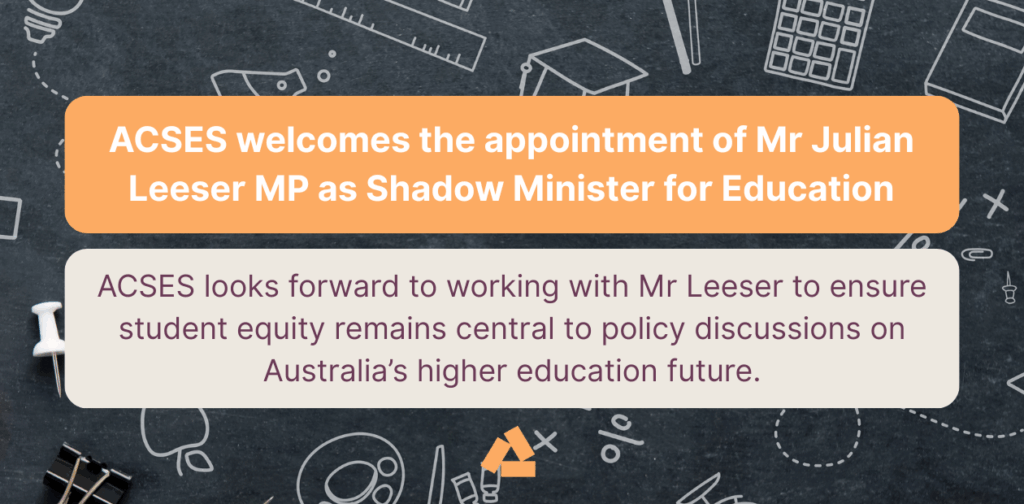The Australian Centre for Student Equity and Success (ACSES) has published a new report through its Small Grants Research Program:
Investigating the relationships between First-in-Family status, equity groups, and university access by Tomasz Zając, Garth Stahl, Wojtek Tomaszewski, and Ning Xiang (The University of Queensland).
Drawing on data from 443,609 young people, this study compares university enrolment patterns of First-in-Family (FiF) students—those without university-educated parents—with their peers.
Key findings:
- FiF students make up more than two-thirds of the student population—yet they are not officially recognised as an equity group.
- FiF students are 23 percentage points less likely to enrol in university compared to non-FiF students—a gap larger than most recognised equity groups (except students with disability).
- Only 39% of FiF students who enrol attend selective universities (defined as those with higher entry requirements), compared with more than half of non-FiF students.
- FiF students are more likely to study education or health (excluding medicine) and less likely to pursue sciences, engineering, or medical studies.
The authors recommend recognising FiF status (parental education) as a key equity factor, building stronger data on educational pathways, funding further research into aspirations, and expanding outreach and career counselling programs.
Read the research highlights and download the full report here.





